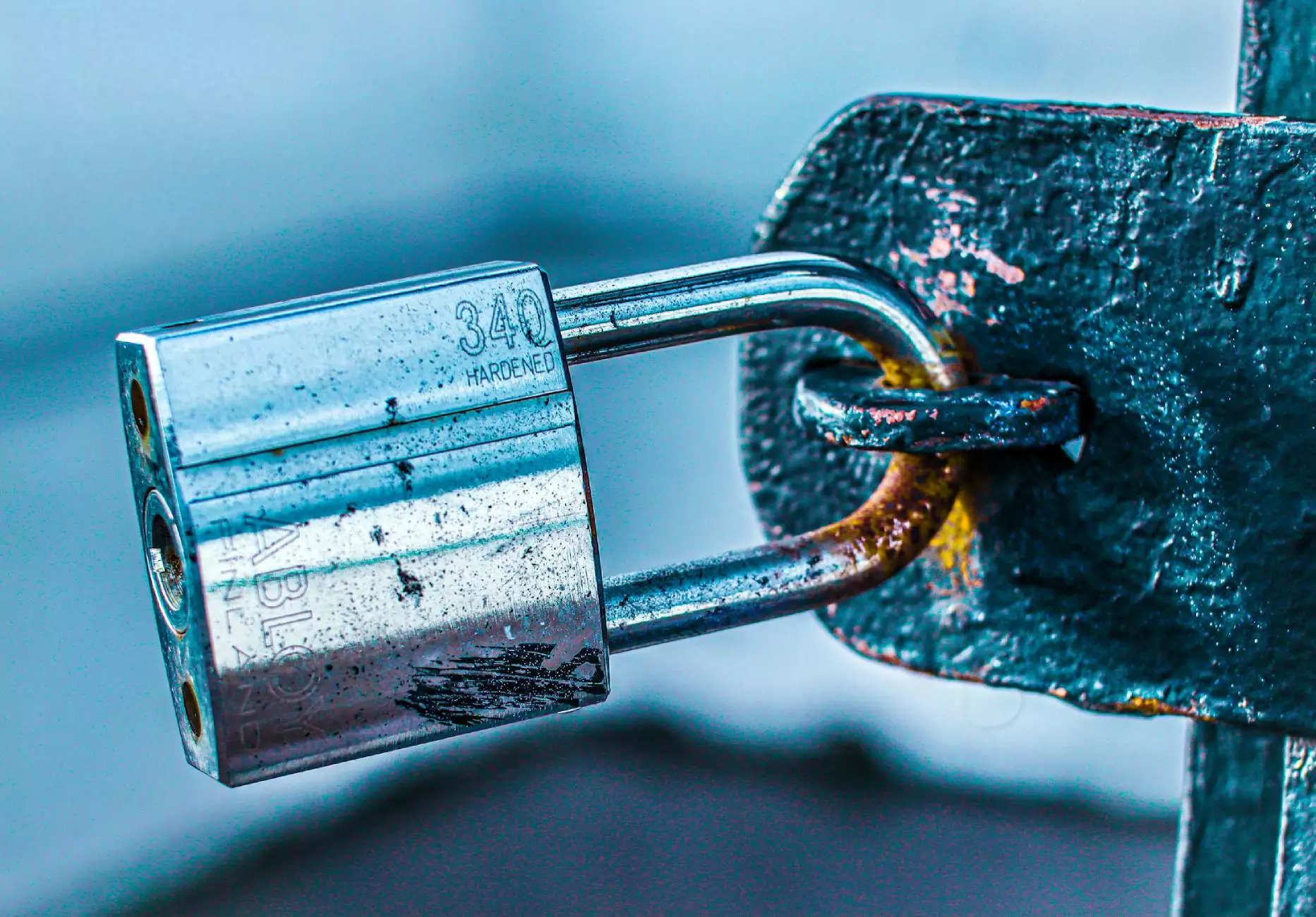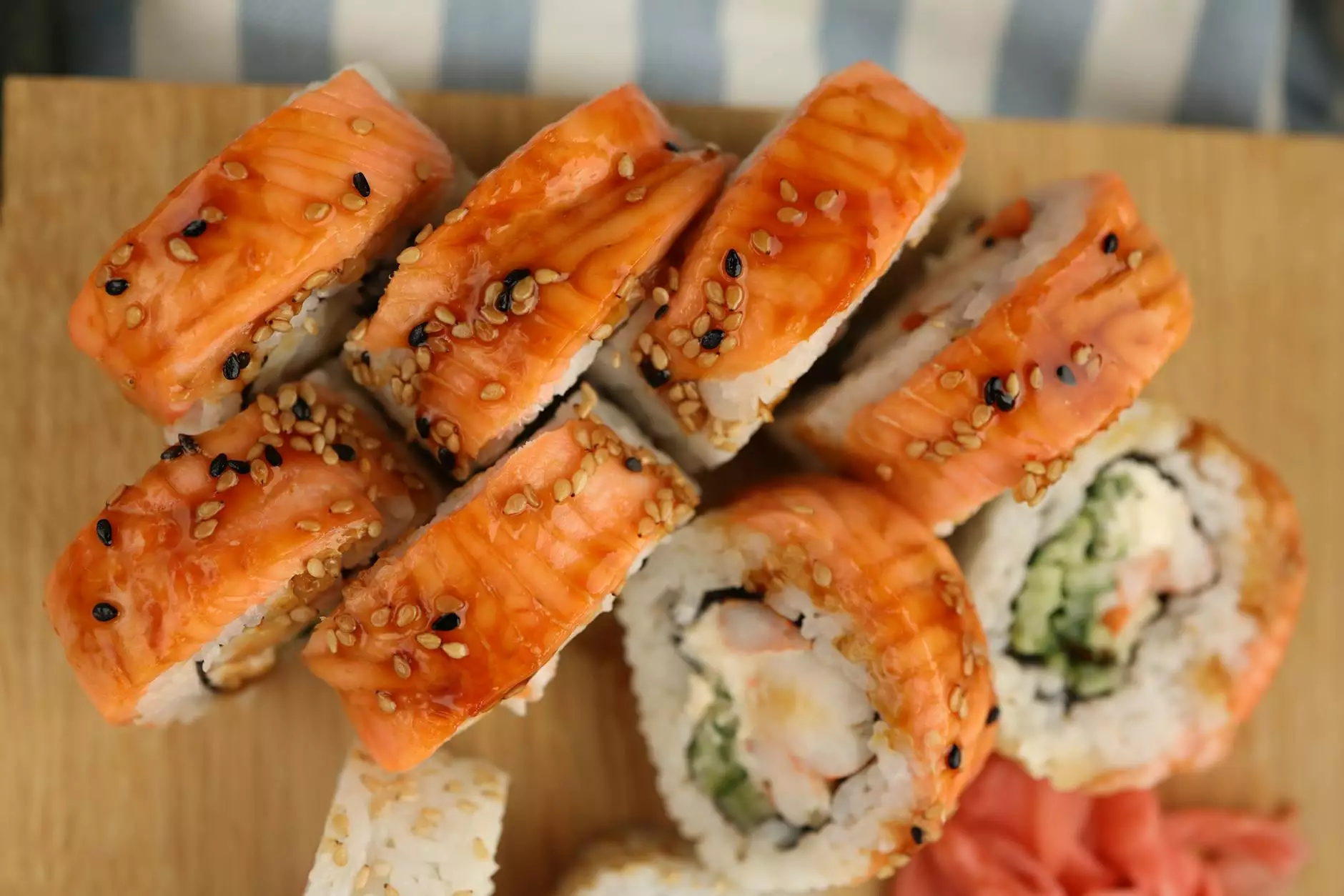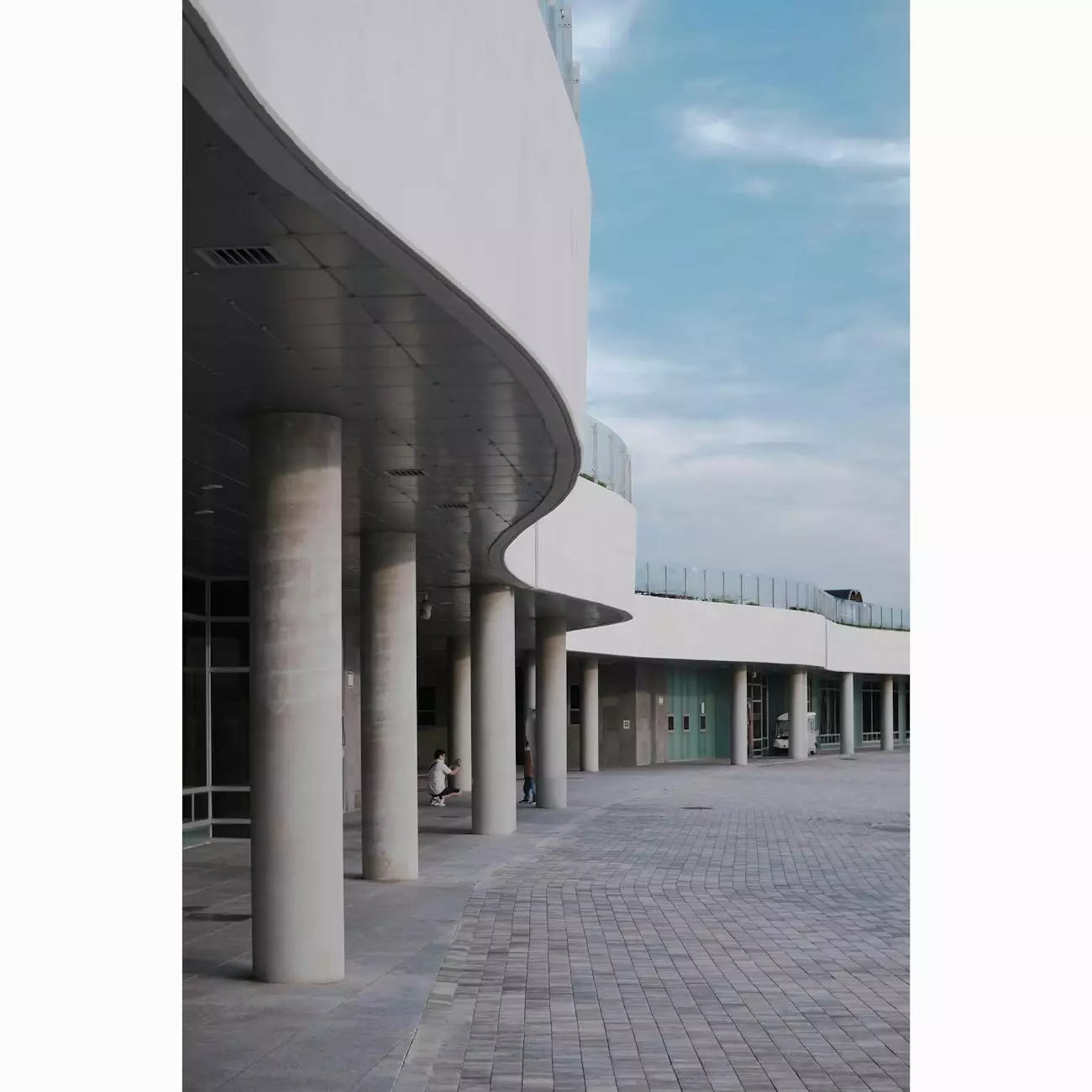Understanding the Door Lock Mechanism: Enhancing Security and Functionality

In today's fast-paced world, ensuring the security of our homes and businesses has become more paramount than ever. A vital component of this security is the door lock mechanism. This article delves into the intricate workings of door locks, their various types, importance, and how they contribute to safeguarding our most cherished spaces.
What is a Door Lock Mechanism?
A door lock mechanism is an architectural device used to secure a door by enclosing the door within its frame. It serves a dual purpose: providing security as well as facilitating the smooth operation of opening and closing a door. Understanding the various types of door lock mechanisms is essential for choosing the right lock for your needs.
The Importance of a Reliable Door Lock Mechanism
Every apartment, office, and business facility requires a reliable door lock mechanism for several reasons:
- Enhances Security: A robust door lock mechanism deters unauthorized access, thus protecting your belongings and ensuring personal safety.
- Peace of Mind: Knowing that your door is secured with a dependable locking mechanism allows individuals to feel safe in their environments.
- Insurance Benefits: Many insurance policies offer discounts for properties that have superior locking systems in place.
- Aesthetic Appeal: Modern door locks come in various styles that can complement your property’s aesthetic, marrying functionality with design.
Types of Door Lock Mechanisms
Understanding the different types of door lock mechanisms can help you make informed choices about your security. Here are the most common types:
1. Deadbolt Locks
Deadbolt locks are one of the most secure types of door locks available. There are two main types:
- Single Cylinder Deadbolts: Operated with a key from the outside and a thumb turn from the inside. These are easy to use and ideal for residential properties.
- Double Cylinder Deadbolts: Require a key for both the interior and exterior, making them suitable for doors with glass panels nearby.
2. Knob Locks
Commonly found on interior doors, knob locks are easy to install. They use a simple latch mechanism, making them less secure compared to deadbolts.
3. Lever Handle Locks
Lever handle locks are often easier to operate, especially for those with mobility challenges. Like knob locks, they are generally used for interior doors.
4. Smart Locks
Technology has revolutionized door lock mechanisms with smart locks. These allow for keyless entry options, often integrated with mobile devices for enhanced user convenience.
5. Mortise Locks
This type of lock is installed into a pocket cut into the edge of the door. Mortise locks provide a higher level of security due to their robust construction.
Components of a Door Lock Mechanism
A typical door lock mechanism consists of several critical components that work in unison to provide security and ease of use:
- Lock Cylinder: Where the key is inserted, the cylinder rotates within the lock to engage or disengage the lock.
- Latch Bolt: Automatically extends into the door frame to secure the door when closed.
- Deadbolt: A sliding bolt mechanism that locks the door, offering an additional layer of security.
- Strike Plate: Metal plate installed on the door frame that receives the latch or deadbolt.
- Keyhole: The opening through which a key operates the lock cylinder.
How to Choose the Right Door Lock Mechanism
Selecting the right door lock mechanism for your property involves several considerations:
1. Assess Security Needs
Consider the level of security required based on the location and type of property. High-risk areas may benefit from high-security deadbolt or smart locks.
2. Evaluate Durability
The material of the lock mechanism matters. Opt for brass or stainless steel for optimal endurance against wear and tear.
3. Installation Requirements
Understand whether you’ll DIY the installation or hire a locksmith. Some locks require more complex installations.
4. Budget
Lock mechanisms vary greatly in price. Determine a budget that balances both quality and affordability.
Maintaining Your Door Lock Mechanism for Long-Term Efficiency
Proper maintenance can extend the life of your door lock mechanism significantly:
- Regular Cleaning: Use a soft cloth to remove dust and debris from the lock.
- Lubrication: Regularly apply graphite or silicone-based lubricants to maintain smooth functionality.
- Inspect for Wear: Regularly check for signs of wear and tear and replace components as necessary.
Common Issues with Door Lock Mechanisms
Understanding potential challenges can equip you to deal with them effectively:
- Key Jamming: Often caused by dirt or damage to the lock. Regular lubrication can help prevent jamming.
- Difficulty Turning the Key: This may indicate a misaligned strike plate or a worn-out lock cylinder.
- Deadbolt Not Engaging: This could be a result of misalignment or mechanical failure, typically requiring professional attention.
Conclusion: Investing in Security with Quality Door Lock Mechanisms
In conclusion, the door lock mechanism is a cornerstone of security for any residential or commercial property. Understanding the different types available, their components, and how to maintain them is crucial for optimal performance. When selecting a door lock, always prioritize security, durability, and proper maintenance practices. By investing in a quality door lock mechanism, you're not just securing your space; you're investing in your peace of mind.
For expert advice and a wide selection of top-quality locks, visit kaukaban.com, your trusted resource for all your locksmithing and hardware needs.









